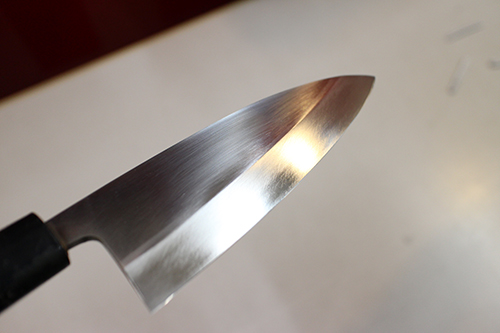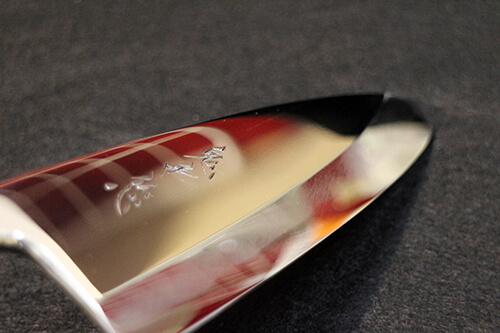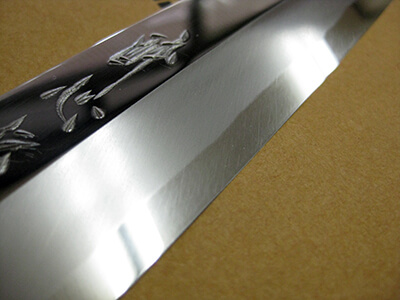Sea bream bump?
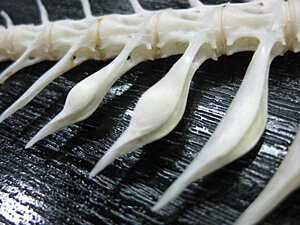
This was in mid-April, but I would like to introduce the bones of a sea bream that Shihan Ueda left for reference. .

This is the bone of Sakuratai from Akashi. What you should pay attention to are the three knob-like parts at the bottom of the bone in the picture!
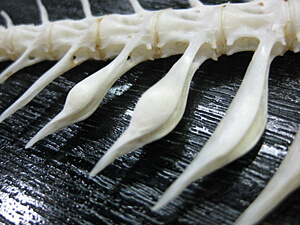
These bumps (or “knots”) form on the bones of sea bream because they swim in the fast currents of the Akashi Strait. When filleting a sea bream with these knots, you need to be careful. If you use the same technique as with a regular sea bream, the knife can get blocked by the bone. You have to think, “There might be a knot,” as you work the knife through.
Recently, a customer from Chiba said, “I’ve heard of this, but it’s my first time seeing it!” So, for those who haven’t seen it before, I’m sharing some photos. By the way, the knot in this photo is on the smaller side—there are sea breams with much larger ones!
I wonder if this is unique to Akashi, or if these knots form in any place with strong currents where the fish have to swim hard? I also took some pictures to show the spot where fishermen perform the ikejime (a special method of preserving fish).

This is a cross-section of the bone.
You can see the holes above and below the backbone, right? The lower hole is where the blood vessels pass through, and the upper one is for the nerves. Whether you’re working from the tail or after cutting off the head, as long as you can see the backbone, you can insert a wire into the upper hole and wiggle it around. This significantly increases the chances of keeping the fish fresh (almost as if it’s still alive) until you bring it home!
I’ve tried it once myself, and when the wire hits the nerve, the fish gives a quick jolt. It feels a bit sad, but if you’re going to eat it, you should aim to enjoy it at its best, right? It’s all about Kishubusshin(鬼手仏心).
Fish like mackerel or sea bass have the same structure, so give it a try along with bleeding the fish before you take it home.
- 2011-05-01


